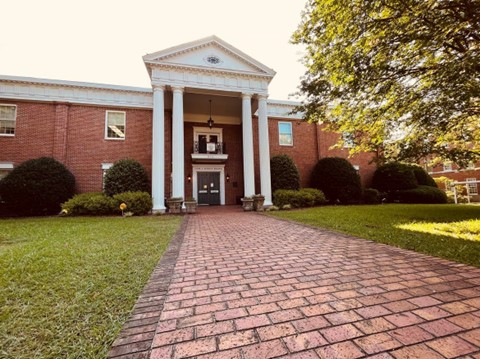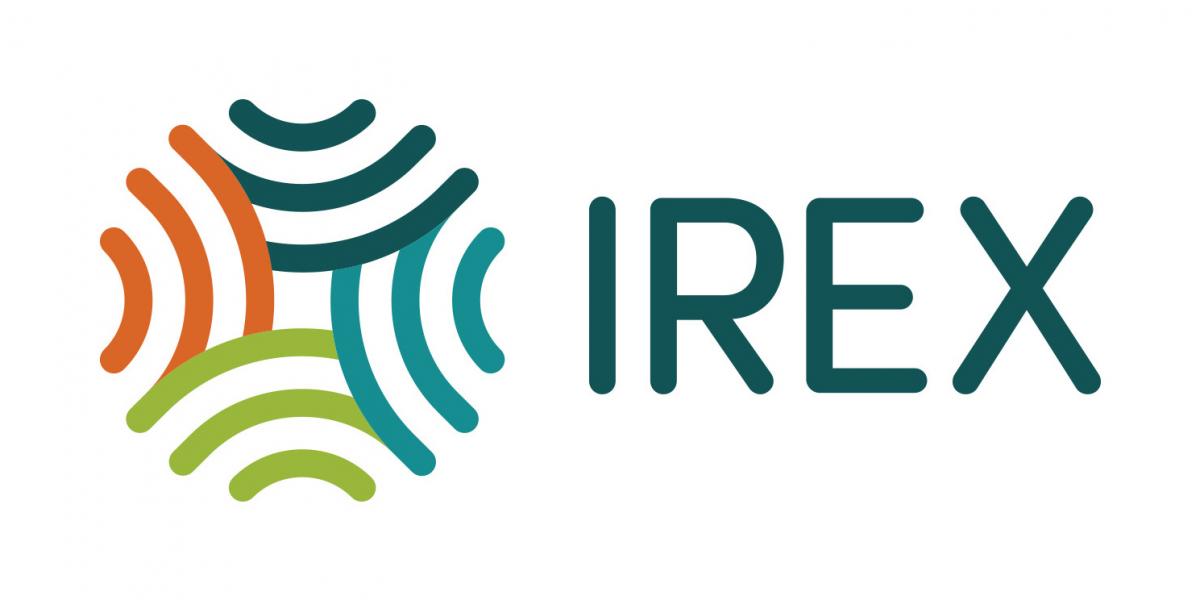Bridgebuilding Case Study: Columbus-Lowndes Public Library System
This case study was developed by IREX as an example of a "bridgebuilding" activity. IREX defines bridgebuilding as engaging across differences in ways that respect identities, foster mutual relationships, seek a common good, and promote a commitment to civic engagement, thereby contributing to increased social capital and strengthened civic infrastructure, and ultimately, a stronger democracy.
Background/context of the library
The Columbus-Lowndes Public Library System works to serve the information needs of their community by advocating for efficient and effective library services and encouraging cooperation with all libraries. Their aim is to select, organize, preserve, and make materials available to support members of their communities in their pursuit of education, information, recreation, research, and culture.
What bridging initiatives/programs has the library offered?
The Columbus-Lowndes Public Library System offers adult programming that aims to bring the community together to discuss difficult topics. One of these programs focused on Lynch Street and the Civil Rights era, and included an exhibit as well as a discussion led by a professor from Jackson State University. Another program on incarceration featured a series of events based on the book Just Mercy by Bryan Stevenson. The events included a panel discussion, book talks at community centers, and community conversations around incarceration. Through this program, the library learned more about the needs of people who were previously incarcerated, which helped to frame other service offerings.
In addition to adult programming, the library offers services for adult patrons such as help with writing resumes and emails and using computers. They provide this support because they noticed that there are people in the community who are still new to using computers and other technologies, and need help learning how to navigate them. The library has also started reaching out to people who have been previously incarcerated to offer services to help them with re-entering society, whether that’s providing assistance with job searches, resume writing, gaining interview skills, or help with building credit. The library is looking into setting up new locations in community centers to support these initiatives and provide more points of access for patrons.
The library also offers several young adult and children’s programs, including several aimed at families and caregivers who have children with disabilities. The Autism Resource Center began through a Library Services and Technology Act (LSTA) grant and has expanded to provide information and resources on other disabilities. In addition to providing reading materials on disabilities and therapy tools, such as flash cards and thunder vests, the library also provides opportunities for families to gather together in a supportive setting to learn from different organizations and professionals in the community, as well as opportunities for children with disabilities to practice special skills and interactions with others in a certified Family Place Library.
Why were bridging initiatives needed in the community?
The library noticed that their community is split among racial divides, so their programming has been focused on bringing community members of different races together, to help bridge gaps by discussing difficult topics that are important to the community, including incarceration.
What were the signs of success?

The library keeps a count of the number of people coming in and attending events and noticed that hosting events outside of the library building has led to an increase in attendance. For example, for the Just Mercy programs, the library went out into different community centers. This external outreach to increase participation across racial divides produced better turnout in the areas that are considered predominantly African American, but unfortunately was less able to increase the turnout in locations that have a mostly white population.
The library has still been challenged with some of the events to produce the level of turnout they had hoped for. Regardless, each time they planned an event, they showed up and did their part in bridging divides, even if only a few people showed up to the event.
The library has also received positive feedback from patrons (both in person and through their social media posts) expressing surprise that their library offers so many programs and services. During a Halloween event for children and families, many parents remarked that they brought their children to the event because they heard there was free candy, but when they got there, they realized that the library offers more programs and services than they thought and that they will return to take advantage of those offerings.
What was learned?
The library has faced significant challenges when it comes to diverse participation at events, particularly when events are focused on difficult topics, such as incarceration. They have also noticed challenges with engaging adult patrons when activities occur during the workday. To encourage more participation in their programming by making activities more accessible, the library began moving programs outside of the library and closer to where people already are.
To engage adults more generally, they changed their approach to better meet people where they were. For example, they had an anime and manga club that met in the afternoon at the library, but didn’t have a lot of traction, so they moved it outside of the library at later hours and saw that people were interested and participation increased. They also saw great success after moving a book club to a local, downtown bar and hosting it at night. Making these changes helped the library realize that people were interested in the programs, but their hours were not conducive to having diverse participation because adults are either at work or have busy schedules.
Photo credit: Columbus-Lowndes Public Library System
Library details
- Library name: Columbus-Lowndes Public Library System
- City, State: Columbus, MS
- Size of library system: 4 locations
- Contact for bridging information: Erin Busbea, Director, [email protected]
Use this case study to learn:
- about programs that you can offer to address difficult topics in your community.
- ways to increase participation and engagement of community members in library activities and programs.
- ways your library can address the needs of formerly incarcerated people, or people that need help using technology to access jobs.
- about library programs for persons with disabilities, including autism and sensory-related disabilities.
- ideas about partnering with community organizations to expand services.
Share your story

Does your library have a bridgebuilding example to share? Write your own case study by completing this template and sending it to [email protected].

